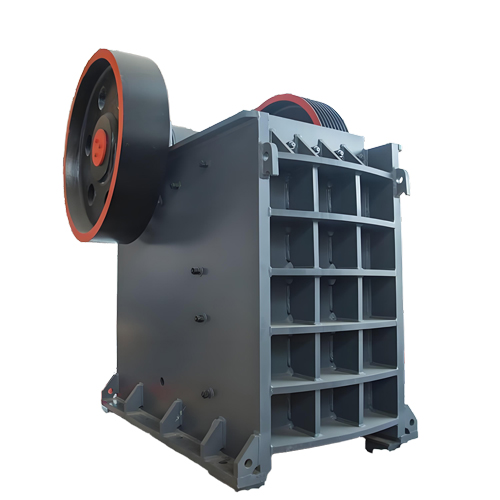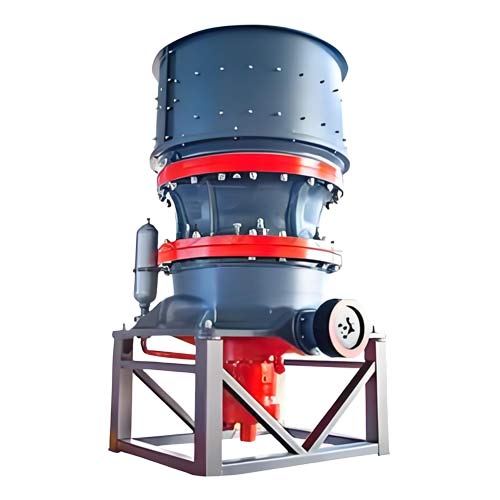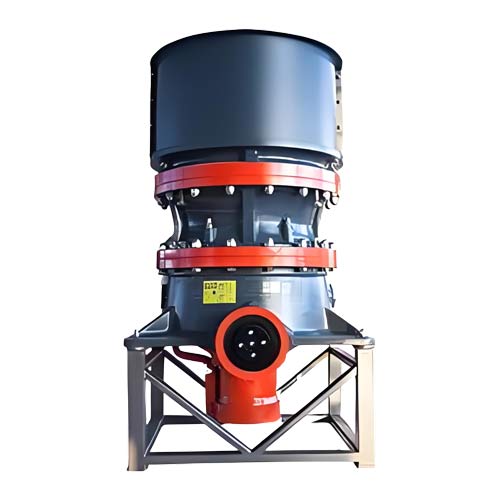Utilization of magnesium slag by magnesium slag grinding machine
The magnesium slag grinding machine converts industrial waste slag into highly active resources, unlocking six high-value applications from building materials, metallurgy to environmental protection restoration, including lightweight building materials, low-cost mineralizers, and high-efficiency desulfurizers, thus realizing a green closed loop of “turning waste slag into gold”.
The magnesium slag grinding machine grinds magnesium slag into fine powder, significantly improving its activity and utilization rate, expanding the resource application of magnesium slag in multiple fields, solving the problem of industrial solid waste disposal, and creating economic benefits and environmental value. The following are the main ways and technical points for the comprehensive utilization of magnesium slag by the magnesium slag grinding machine:
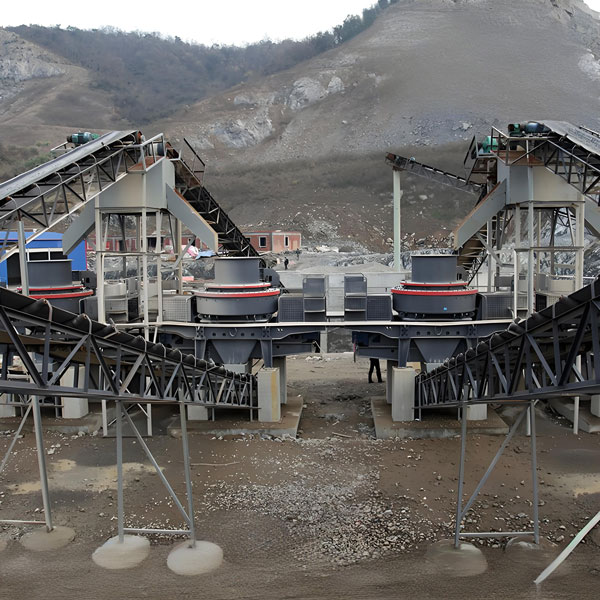
Traditional application areas: building materials and industrial raw materials
1. Make wall materials and construction cement
Wall materials: Magnesium slag is ground and mixed with slag and a composite activator to produce lightweight, high-strength wall materials (such as thermal insulation panels). The mill refines the magnesium slag to an appropriate particle size, enhancing its gelling properties and reducing its density, meeting building energy-saving standards.
Cement production:
■ Masonry cement: Magnesium slag replaces part of the clinker to produce low-strength cement, which is used for masonry mortar, cushion layer, etc. Its activity is higher than that of traditional slag, reducing energy consumption.
■ Composite Portland cement: Magnesium slag is added to raw meal and calcined into clinker, which is then ground into composite cement (MgO content must meet national standards) to improve cement stability.
○ Road materials: Magnesium slag powder can be used as roadbed filler or asphalt concrete additive to improve road durability and crack resistance.
2. Metallurgical mineralizer replacement
○ Magnesium slag powder after high-temperature calcination is chemically active and can partially replace expensive fluorite as a mineralizer, lowering the sintering temperature, promoting the formation of mineral crystals, and reducing the heat consumption and cost of steel production.
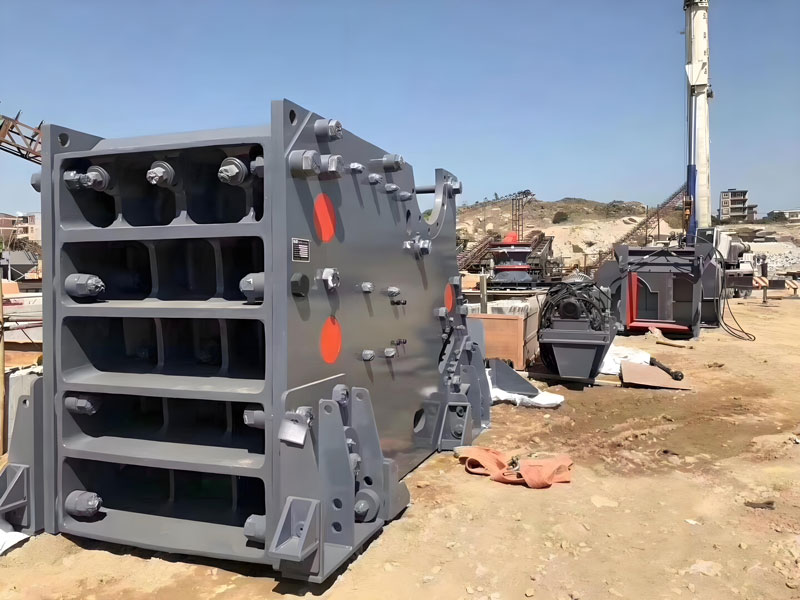
Environmental protection and functional applications
Flue gas desulfurization agent
The high calcium oxide content (approximately 50%) in magnesium slag makes it a potential desulfurization material. A pulverizer refines it to the micron level, increasing the reaction surface area and improving desulfurization efficiency (the smaller the particle size, the higher the efficiency), making it suitable for use in applications such as circulating fluidized bed boilers.
Heavy metal solidification/soil remediation
○ Magnesium slag powder can solidify heavy metals in industrial solid waste, or serve as an alkaline material to improve acidic soil. Its stability reduces environmental risks.
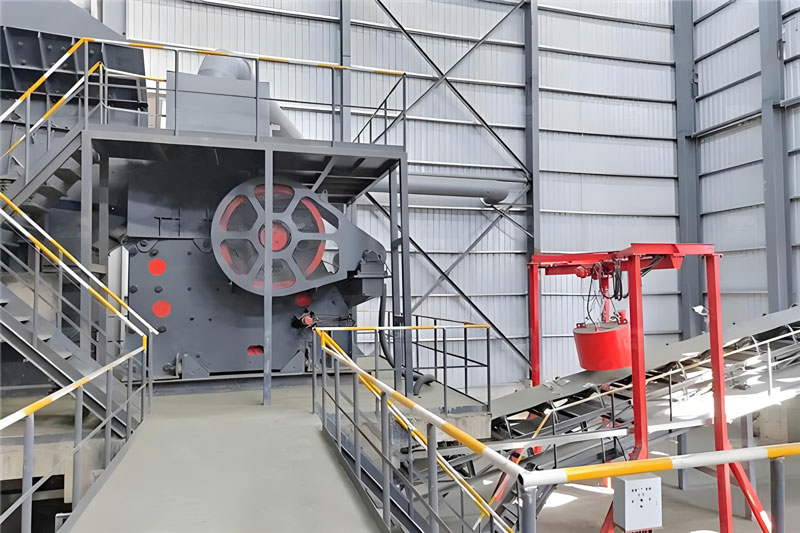
High value-added innovative applications
Glass-ceramics and porous ceramics
● By using a grinding machine to refine the magnesium slag powder to an ultrafine level (such as above 200 mesh), combined with high-temperature sintering process, high-value-added microcrystalline glass (decorative materials) or porous ceramics (filtration, adsorption materials) can be produced.
Composite material reinforcement
○ Magnesium slag powder is added as a filler to plastics and rubber to improve the strength and corrosion resistance of the materials; or it can be compounded with fibers to make high-performance materials for use in the automotive and aviation fields.
Key Technologies and Environmental Benefits
● Core of grinding technology: Use high-efficiency grinding mills (such as Raymond mills and vertical mills) to grind magnesium slag to the required fineness (80-1000 mesh), activate its potential activity, and meet the needs of different application scenarios.
● Environmental protection and energy saving: Modern magnesium slag grinding mills are equipped with dust removal systems and low-energy consumption technologies to reduce dust emissions and energy consumption, complying with the low-carbon requirements of the “Implementation Plan for Carbon Peaking in the Industrial Sector”.
● Economic benefits: Substituting traditional raw materials (such as fluorite and cement clinker) significantly reduces production costs, while obtaining policy subsidies or tax incentives through the resource utilization of solid waste.
Case Studies and Practice
● Ecological restoration in Fugu County: Using magnesium slag to fill gullies and cover them with soil to restore vegetation, achieving a win-win situation for solid waste disposal and ecological governance. The utilization rate of magnesium slag reaches more than 70%, which meets industry standards.
Summarize
Through refined processing, the magnesium slag grinding mill transforms magnesium slag from waste into a resource that can be used in a variety of sectors, including building materials, metallurgy, environmental protection, and new materials. Its application not only addresses the issue of solid waste accumulation in the magnesium industry but also enhances the industry’s sustainability through technological innovation, achieving both environmental and economic benefits. In the future, with the development of high-value-added technologies, the prospects for the comprehensive utilization of magnesium slag will be even broader.
Related Products
Inquiry
Please leave us your requirements, we will contact you soon.


